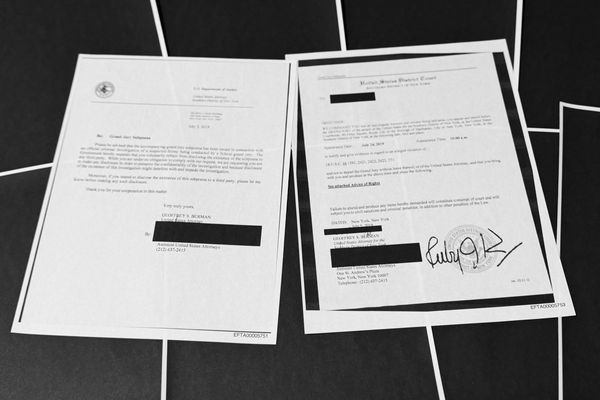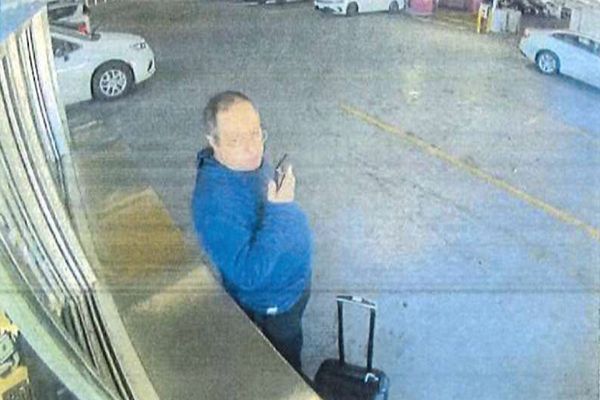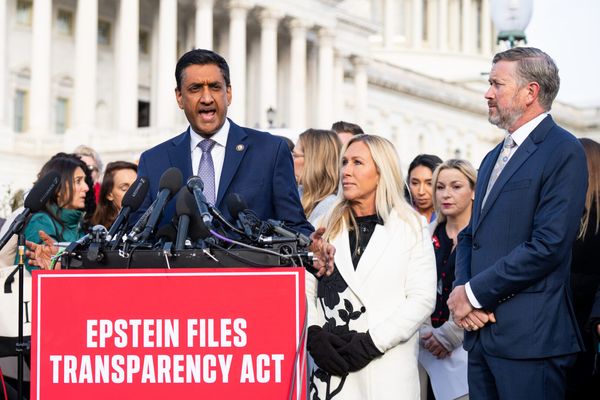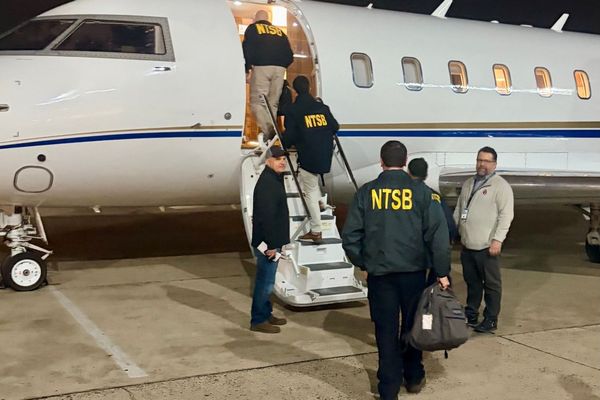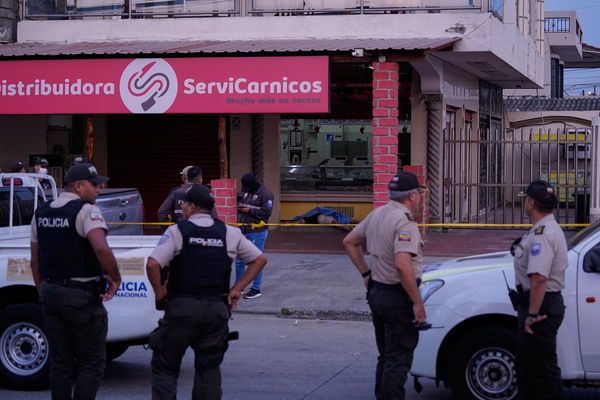
In November 1992, a miraculous story of human survival unfolded when a film crew, shooting a sequence for the movie Sliver, crashed their helicopter inside the Pu’u ‘Ō’ō vent of Kilauea Volcano in Hawaii
What was supposed to be a routine aerial shoot for a film background sequence went wrong almost instantly. A film‐crew helicopter, carrying pilot Craig Hosking, cinematographer Michael Benson, and camera assistant Chris Duddy, lost power and crash-landed on the crater floor.
Once the trio crashed due to a sudden mechanical failure, they found themselves surrounded by noxious volcanic gases, thick “white-out” steam, scorching ash, and the roar of molten lava only hundreds of feet beneath them.
The NTSB later determined that Hosking’s decision to fly so close to a volcanic gas cloud made the situation even more precarious, contributing to a loss of power.
A race against time
Benson and Duddy, undeterred, began a race against time, climbing through volcanic ash and up the steep crater wall toward safety, while Hosking stayed with the helicopter. After fixing the helicopter’s radio, Hosking was the first to be rescued, within hours of the accident, lifted out by a fire department craft from the rim of the crater.
According to accounts, Duddy reached the rim late Sunday, staggering through the fumes to make contact with rescuers. If he hadn’t done so, Benson might have never made it out alive.
Benson’s rescue
With Duddy and Hosking now safe, Benson remained stuck on a narrow ledge about 60 feet below the rim, exposed to heat and volcanic gas as the ground beneath him threatened to give way even further.
Making matters worse, rescue teams confronted terrible conditions: heavy rain, low visibility, swirling noxious vapors, and the risk of collapse. A momentary weather break gave them a chance. As a helicopter hovered rim level, rescuers lowered a net on a rope through the fog and steam, and Benson crawled into the net and was lifted to safety.
Though all three survived, the experience took an extreme physical toll on the men. Intensive care treated Benson for chemical pneumonia, dehydration, and lung inflammation after inhaling volcanic gases. Medical staff treated Duddy and Hosking for lung and eye irritation.
In the aftermath, authorities launched an investigation into the crash and the decision to operate inside the crater. The film company and studio representatives described the experience as “a tremendous relief” that the men emerged alive.
Today, the November 1992 incident stands as one of the most dramatic volcanic-crater rescues in modern history, a cautionary tale about the risks of filming inside active volcanic zones, and a tribute to human endurance in the face of Earth’s raw powers. Once rescued, Benson recalled, “I turned back to Madame Pele [the goddess of fire], and said, ‘You didn’t beat me,’ ” according to the Orlando Sentinel.

